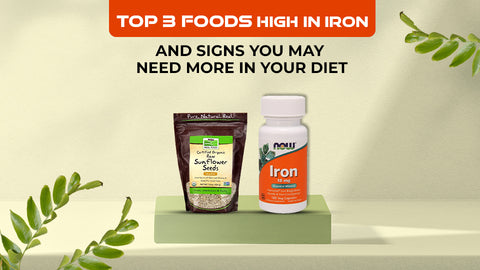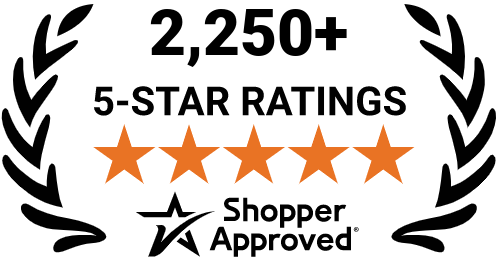
Eating a balanced diet that provides the essential nutrients, including iron, is vital for our overall health and wellbeing. Iron is especially important as it helps carry oxygen throughout our body, giving us energy and keeping us healthy. If you’re wondering if you need more iron in your diet, look out for signs of anemia such as fatigue, pale skin, and difficulty concentrating. The good news is, there are plenty of iron-rich foods out there that can help you meet your daily requirement and stay healthy. Here are the top three iron-rich foods and how to know if you need more iron in your diet.
Benefits of iron
Iron is a mineral that is necessary for producing red blood cells that help us transport oxygen around the body. Without enough iron, you can experience tiredness, decreased mental function and difficulty concentrating, as well as increased risk of infections and anemia. There are three types of iron in food; heme iron, non-heme iron and iron fortified foods. Heme iron is found in animal foods like meat and fish, while non-heme iron is the most common form found in plant foods and fortified foods. If you’re a vegetarian or vegan, you may need to pay extra attention to your iron levels, as non-heme iron is more difficult to absorb than heme iron. Thankfully, there are plenty of iron-rich foods out there to help you meet your daily requirement.
Signs of iron deficiency
If you’re not sure whether you need more iron in your diet, it’s a good idea to check for signs of iron deficiency. One of the most common signs of iron deficiency is fatigue, particularly during times of high stress or poor sleep. Tiredness can be a sign that you’re not getting enough iron in your diet. You may also notice that your skin is paler than normal, particularly if you’re normally a bit darker skinned. Other signs of iron deficiency include headaches, dizziness, and difficulty concentrating. If you notice any of these symptoms, it can be a sign that you’re not getting enough iron in your diet. Iron deficiency can be caused by a couple of things, including poor diet, menstruation, and the aging process. For people who take iron supplements, it’s important to note that they’re not the only way to increase iron levels. You can also up your iron intake through your diet.
Top 3 iron-rich foods
When it comes to finding high-iron foods, dark leafy greens like spinach are a great place to start.
One cup of cooked spinach contains around 5 milligrams of iron, which is almost a third of your daily recommended intake of iron! Red meat is another great source of iron and it’s a classic pairing with eggs and bacon, and often added to stews and casseroles. Nuts and seeds are also another great source of iron, particularly sunflower seeds. You can also work iron into your diet through iron-rich foods like beans, lentils, and fortified cereals. Other iron-rich foods include broccoli, quinoa, and fortified orange juice, while fruits like bananas and apricots are more vitamin C rich, but can still help increase iron levels.
How to increase your iron absorption
You can increase your iron absorption by eating iron-rich foods with vitamin C-rich foods or drinks. This is because vitamin C actually helps your body absorb more iron, so mixing the two together is like a double whammy. Another way you can increase your iron absorption is by eating iron-rich foods earlier in the day. This is because your body’s iron levels are naturally higher in the morning and gradually decrease throughout the day. Eating iron-rich foods earlier in the day means you’re more likely to absorb them and get the benefits.
How to tell if you’re getting enough iron
If you’re concerned about your iron levels, you can visit your doctor who will be able to perform a blood test to check your levels. If you’re getting enough iron, your iron levels should be 11 milligrams or above. If they’re below this number, you may want to look into ways to increase your iron intake.
Conclusion
Iron is an essential mineral that is necessary for producing red blood cells that help us transport oxygen around the body. It’s important to eat a balanced diet that provides the essential nutrients, including iron, as they are vital for your overall health and wellbeing. There are three types of iron in food; heme iron, non-heme iron and iron fortified foods. Although people who are vegetarian or vegan may need to pay extra attention to their iron levels, there are plenty of iron-rich foods that can help you meet your daily requirement. By increasing your iron absorption and eating iron-rich foods with vitamin C at the same time, you can ensure that your body has enough iron to continue functioning at its best.



















Comments (0)
There are no comments for this article. Be the first one to leave a message!